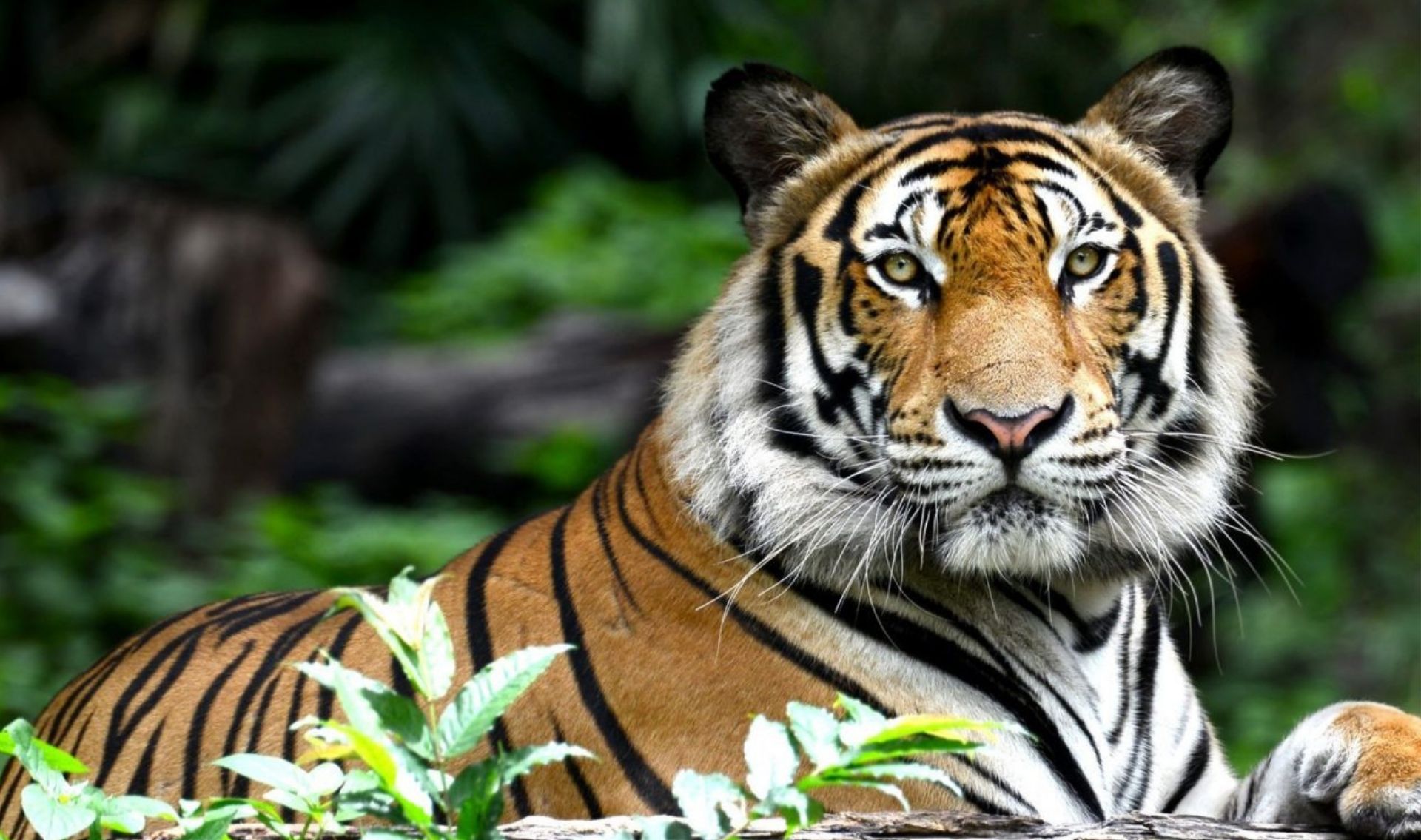
Tour with Expert
Visit Ranthambore fort Sightseeing & Jungle safari Tour Package with
Reasonable Prices!
Reasonable Prices!
Kota Taxi is a team of Professional best cab service in Jaipur from drivers who have received proper training is something you can expect from a reputable cab service at any moment you need a ride.
Ranthambore National Park: Ranthambore National Park is one of India's most famous wildlife reserves, located in the Sawai Madhopur district of Rajasthan. It spans across 1,334 square kilometers, encompassing a diverse terrain of dense forests, grasslands, and rugged hills. The park is widely known for its population of Royal Bengal Tigers, and it is considered one of the best places in India to spot tigers in the wild. Once the royal hunting ground for the Maharajas of Jaipur, Ranthambore has transformed into a sanctuary for a variety of wildlife, offering an immersive nature experience with some of the best tiger-sighting opportunities in the country.
The park’s combination of natural beauty, wildlife, and historical significance makes it one of the top tourist destinations for wildlife enthusiasts and photographers. Several lakes, such as Padam Talao, Rajbagh Talao, and Malik Talao, dot the landscape, providing important water sources for the animals. These scenic spots are frequently visited by the tigers, making them prime locations for wildlife sightings.
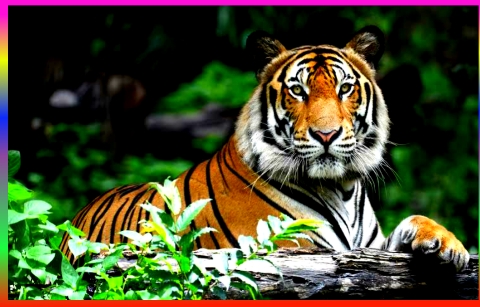
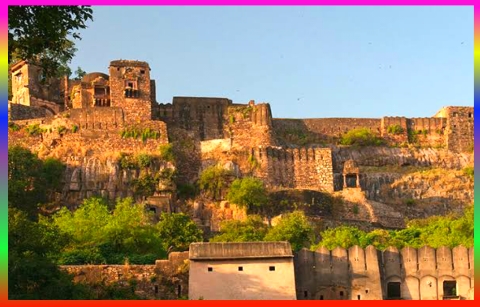
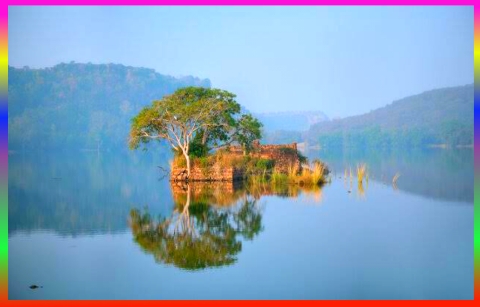
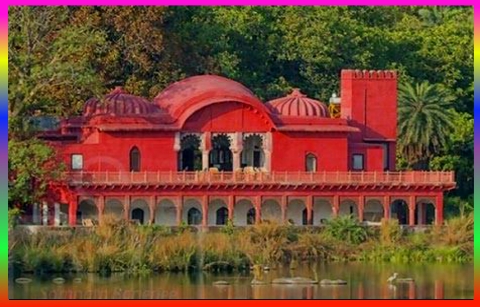
Ranthambore’s history is intertwined with the Ranthambore Fort, which stands as a proud reminder of its past. The fort dates back to the 10th century and was built by the Chauhan dynasty. It later became a significant site of battles and sieges, particularly during the Delhi Sultanate's expansion. The fort, perched on a hill inside the national park, is a massive structure with ancient temples, mosques, and palace ruins, symbolizing a mix of both Hindu and Islamic cultures. In the pre-independence era, Ranthambore served as the royal hunting ground for the Maharajas of Jaipur. The area's thick forests, abundant wildlife, and remote location made it ideal for hunting, especially tigers. This hunting tradition left behind historical remnants like the Jogi Mahal, a hunting lodge overlooking Padam Talao. After India’s independence, the royal hunting ground was converted into a national park and included in Project Tiger in 1973, marking the beginning of its preservation and protection as a wildlife reserve. Culturally, Ranthambore reflects the vibrant heritage of Rajasthan. The surrounding villages and towns, such as Sawai Madhopur, are filled with colorful markets, traditional Rajasthani cuisine, and local handicrafts. The local festivals like Gangaur and Teej bring out the festive spirit of the region, offering a glimpse into its rich traditions. Visitors to Ranthambore often explore the surrounding villages to experience local customs, crafts, and folklore.
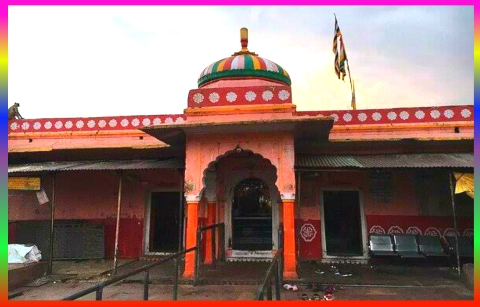
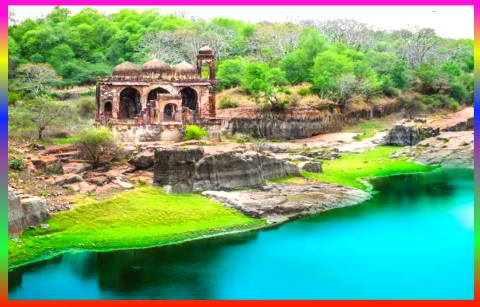
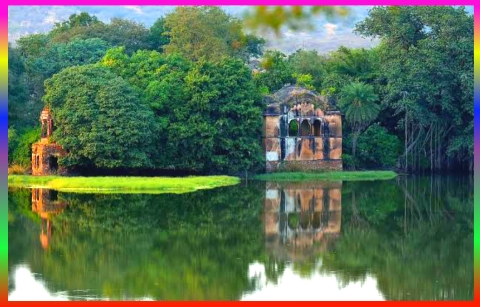

Wildlife:
Ranthambore is best known for its Royal Bengal Tigers, and it is one of the few places where tigers can be seen in their natural habitat during the daytime. The park has a significant tiger population, with regular sightings in zones like Zone 1, Zone 2, and Zone 3. Along with tigers, the park supports a wide variety of wildlife, making it a biodiversity hotspot.
Some of the prominent species found in the park include:
Wildlife:
Ranthambore is best known for its Royal Bengal Tigers, and it is one of the few places where tigers can be seen in their natural habitat during the daytime. The park has a significant tiger population, with regular sightings in zones like Zone 1, Zone 2, and Zone 3 . Along with tigers, the park supports a wide variety of wildlife, making it a biodiversity hotspot.
Some of the prominent species found in the park include:
➤ Leopards
➤ Sloth bears
➤ Indian foxes
➤ Hyenas
➤ Jackals
➤ Nilgai (blue bull)
➤ Sambar deer
➤ Chital (spotted deer)
➤ Wild boars
➤ Marsh crocodiles
Ranthambore is also a birdwatcher’s paradise, with over ➤ 300 species of birds, including ➤ peacocks, crested serpent eagles, kingfishers, flamingos, and ➤ painted storks. The park’s diverse habitats of wetlands, forests, and grasslands attract both resident and migratory birds, making it an ideal destination for bird enthusiasts.
Jungle Safari:
The best way to experience Ranthambore’s wildlife is through the jungle safaris, which take visitors deep into the park’s core zones. Safari tours are conducted in open jeeps and canters (larger vehicles) and offer an up-close look at the animals in their natural environment.
Morning Safari Timings: 6:30 AM – 10:30 AM
Afternoon Safari Timings: 2:30 PM – 6:00 PM
The park is divided into 10 safari zones, each offering different terrains and wildlife experiences. Zones 1-5 are the most popular due to higher tiger sightings, while Zones 6-10 provide a more secluded, off-the-beaten-path experience. Visitors must book safari tickets in advance, as only a limited number of vehicles are allowed into the park each day to preserve the ecosystem.
Safari Tickets and Timing:
Safaris can be booked online or through local operators. During the peak season (October to June), it is advisable to reserve tickets well in advance due to high demand.
Ticket Prices:
Jeep Safari: Approx. ₹1500-₹2000 per person for Indians
₹2500-₹3500 per person for foreigners (depending on vehicle type and zone)
The park remains closed during the monsoon season (July to September).
Ranthambore Fort:
The Ranthambore Fort is a UNESCO World Heritage Site and one of Rajasthan’s most historic and impressive forts. Built around 944 AD, the fort was a strategic stronghold for many rulers and has witnessed several key battles throughout history. Visitors can explore the fort’s ancient temples, mosques, palaces, and step-wells. It is accessible via a steep climb from the base of the park, rewarding visitors with stunning panoramic views of the surrounding landscape.
Other Places to Visit Inside and Around Ranthambore National Park:
Padam Talao: Famous for its beautiful water lilies and often frequented by tigers, this is the largest lake in the park.
Jogi Mahal: Located near Padam Talao, Jogi Mahal is a historic hunting lodge offering a glimpse into Ranthambore’s royal past.
Raj Bagh Ruins: Ancient ruins of temples and palaces that add a mystical aura to the park.
Kachida Valley: A secluded area on the outskirts of the park, home to a large population of leopards and bears.
Malik Talao: A smaller lake in the park known for bird watching, particularly migratory birds.
Lakarda & Anantpura: These areas are known for sightings of sloth bears and porcupines.
Surwal Lake: Located near the park, this lake is a bird-watching hotspot during the winter months.
Conclusion:
Ranthambore offers an extraordinary combination of wildlife, history, and natural beauty. From thrilling jungle safaris to exploring ancient forts, the park provides an enriching experience for wildlife enthusiasts, photographers, and history buffs alike. Whether you're hoping to spot the majestic Bengal tiger or explore the mystical ruins of the fort, Ranthambore is a destination that promises adventure and discovery at every turn.
Ranthambore is located at the junction of the Aravalli and Vindhya hill ranges, giving it a unique blend of landscapes that range from rugged hills to open grasslands and dense forests. The park’s varied topography includes dry deciduous forests, rocky plateaus, riverine ecosystems, and small lakes. The Banas River and Chambal River form the natural boundaries of the park, creating an ideal habitat for a wide range of wildlife species.
One of the most striking geographical features of Ranthambore is the Ranthambore Fort, which sits atop a 700-foot hill and offers breathtaking views of the surrounding jungle. The fort, built around 944 AD, covers an area of about 7 kilometers and is dotted with ancient ruins of palaces, temples, and reservoirs. The vantage points from the fort provide stunning panoramas of the park’s lakes and wildlife, making it a popular spot for visitors to capture scenic views.
The park is home to several lakes, the most notable being Padam Talao, which is the largest lake in the park. Known for its water lilies, Padam Talao is often a favorite spot for animals, especially during the dry season when they come to drink. The lake’s beauty is further enhanced by the backdrop of the fort and the nearby Jogi Mahal, creating a picture-perfect landscape.

Hotels

Sightseeing

Meals

Transfers
Featured tours
| Package Name | Price | Duration | Book |
|---|---|---|---|
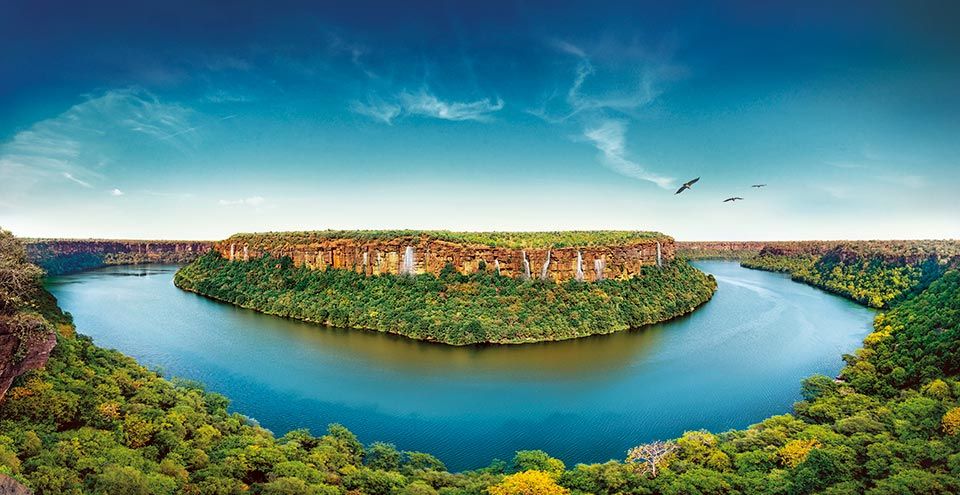 Kota Udaipur Jaipur Tour
Kota Udaipur Jaipur Tour
|
Price On Request | 05 Days / 04 Nights | Call Now |
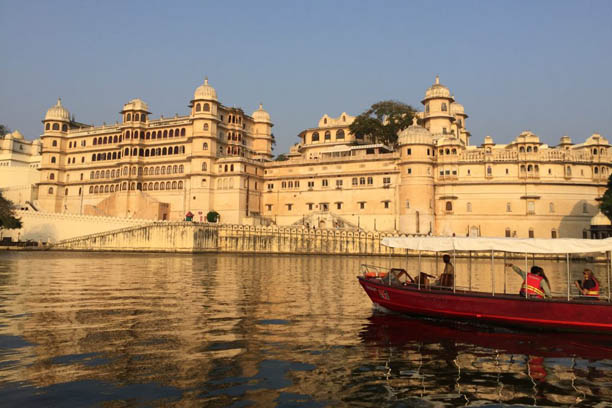 Jaipur jodhpur Jaisalmer Tour
Jaipur jodhpur Jaisalmer Tour
|
Price On Request | 05 Days / 04 Nights | Call Now |
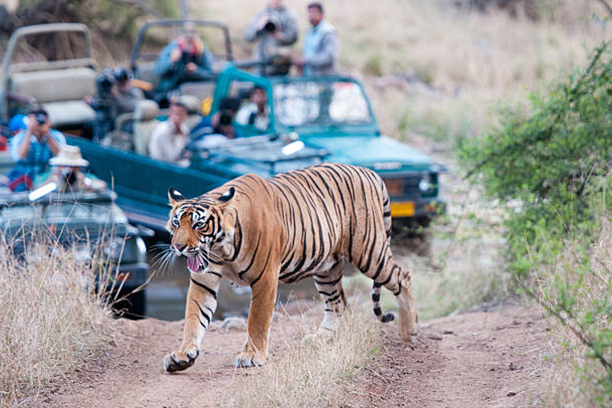 Jaipur Jodhpur Udaipur Tour
Jaipur Jodhpur Udaipur Tour |
Price On Request | 05 Days / 04 Nights | Call Now |
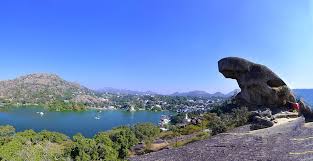 Royal Rajasthan Tour
Royal Rajasthan Tour |
Price On Request | 07 Days / 06 Nights | Call Now |
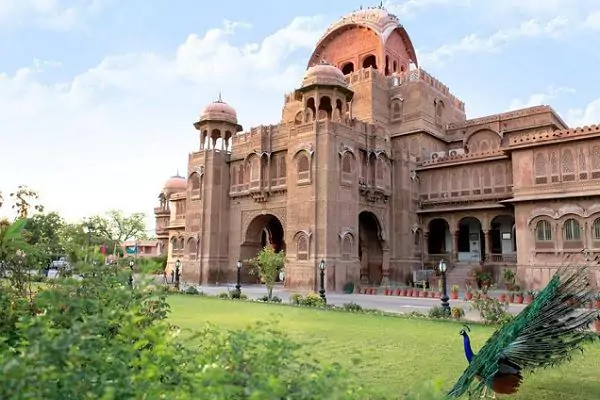 Colorful Rajasthan Tour
Colorful Rajasthan Tour |
Price On Request | 08 Days / 07 Nights | Call Now |
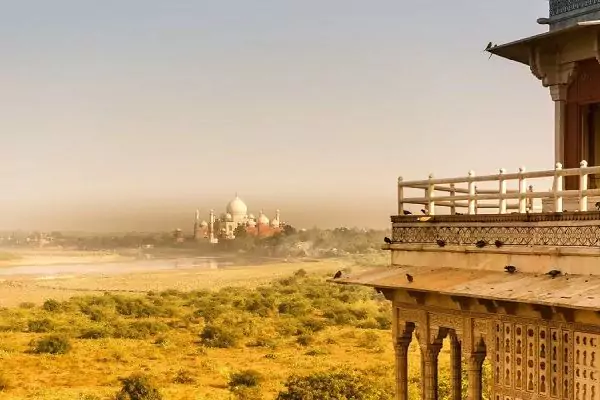 Golden Traingle Tour
Golden Traingle Tour |
Price On Request | 05 Days / 04 Nights | Call Now |
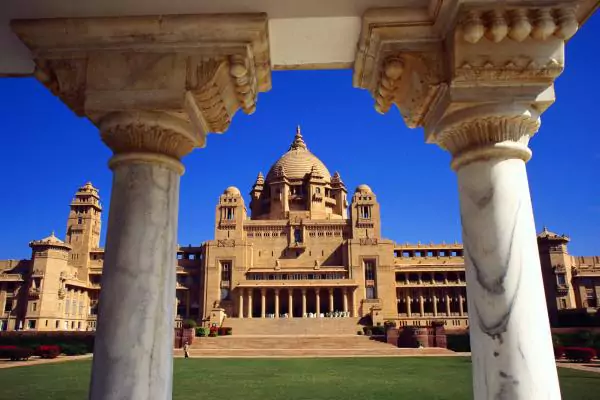 Jodhpur Jaisalmer Tour
Jodhpur Jaisalmer Tour |
Price On Request | 04 Days / 03 Nights | Call Now |
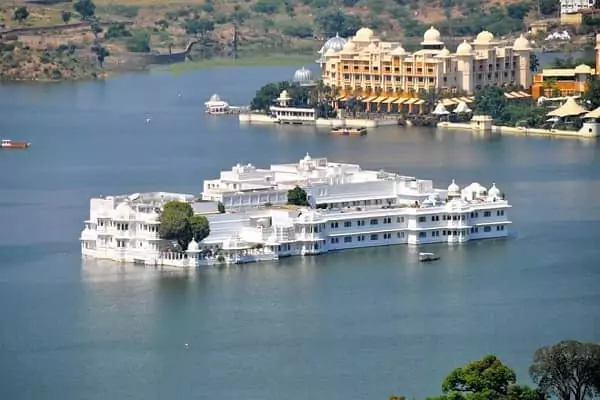 Udaipur Kumbhalgarh Tour
Udaipur Kumbhalgarh Tour |
Price On Request | 03 Days / 02 Nights | Call Now |
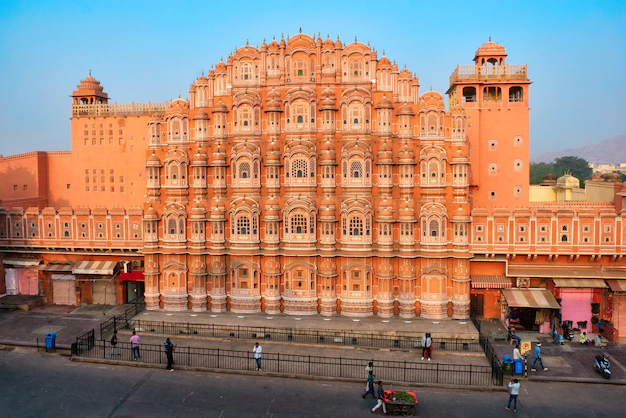 Rajasthan Desert Tour
Rajasthan Desert Tour |
Price On Request | 06 Days / 05 Nights | Call Now |
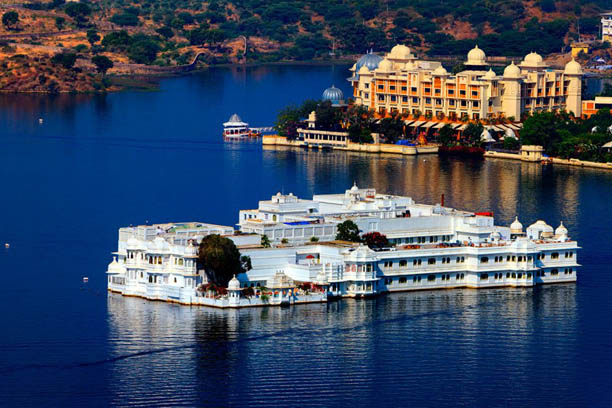 Rajasthan Mewar Tour
Rajasthan Mewar Tour |
Price On Request | 07 Days / 06 Nights | Call Now |
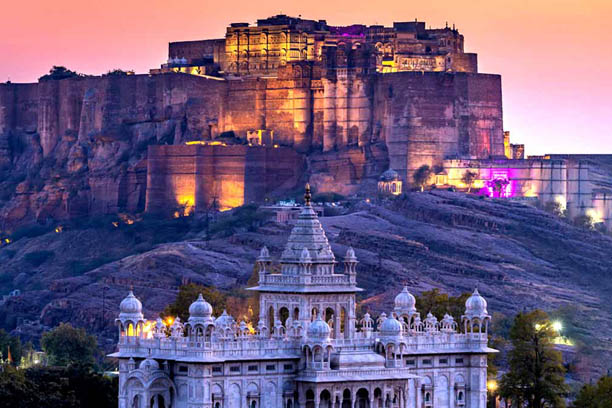 Jaipur Udaipur Tour
Jaipur Udaipur Tour |
Price On Request | 04 Days / 03 Nights | Call Now |
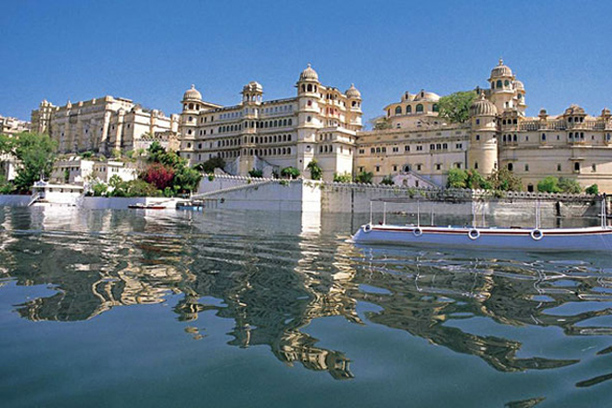 Jaipur Jaisalmer Tour
Jaipur Jaisalmer Tour |
Price On Request | 04 Days / 03 Nights | Call Now |
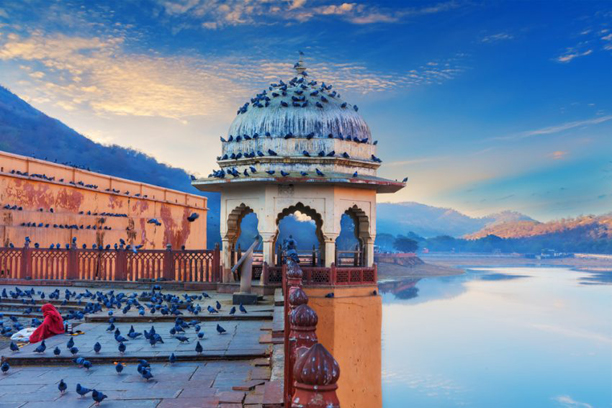 Jaipur Ranthambore Tour
Jaipur Ranthambore Tour |
Price On Request | 03 Days / 02 Nights | Call Now |
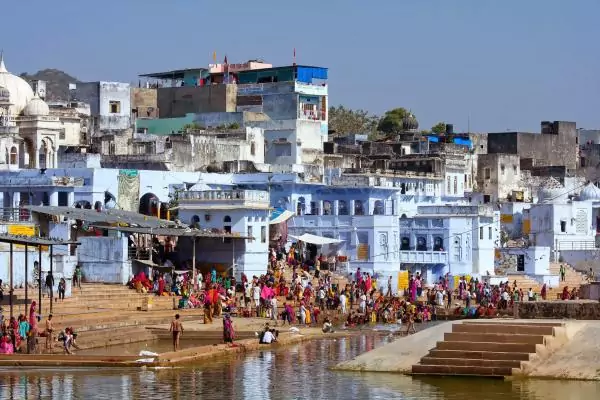 Jaipur Ajmer Pushkar Tour
Jaipur Ajmer Pushkar Tour |
Price On Request | 03 Days / 02 Nights | Call Now |
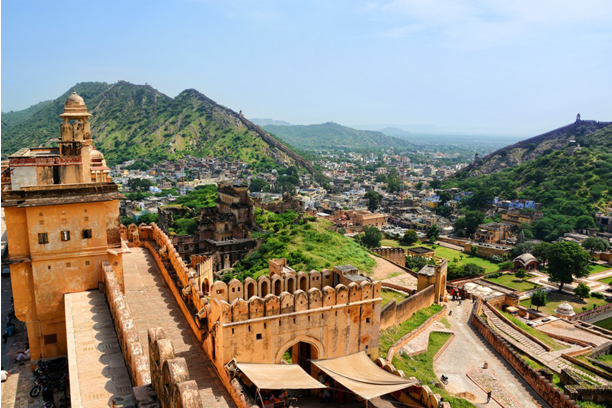 Jaisalmer Tour Package
Jaisalmer Tour Package |
Price On Request | 03 Days / 02 Nights | Call Now |
We are just one call away. We provide 24×7 service whatever
be the location and time we are their for you.
Call For Taxi+91 6350167575